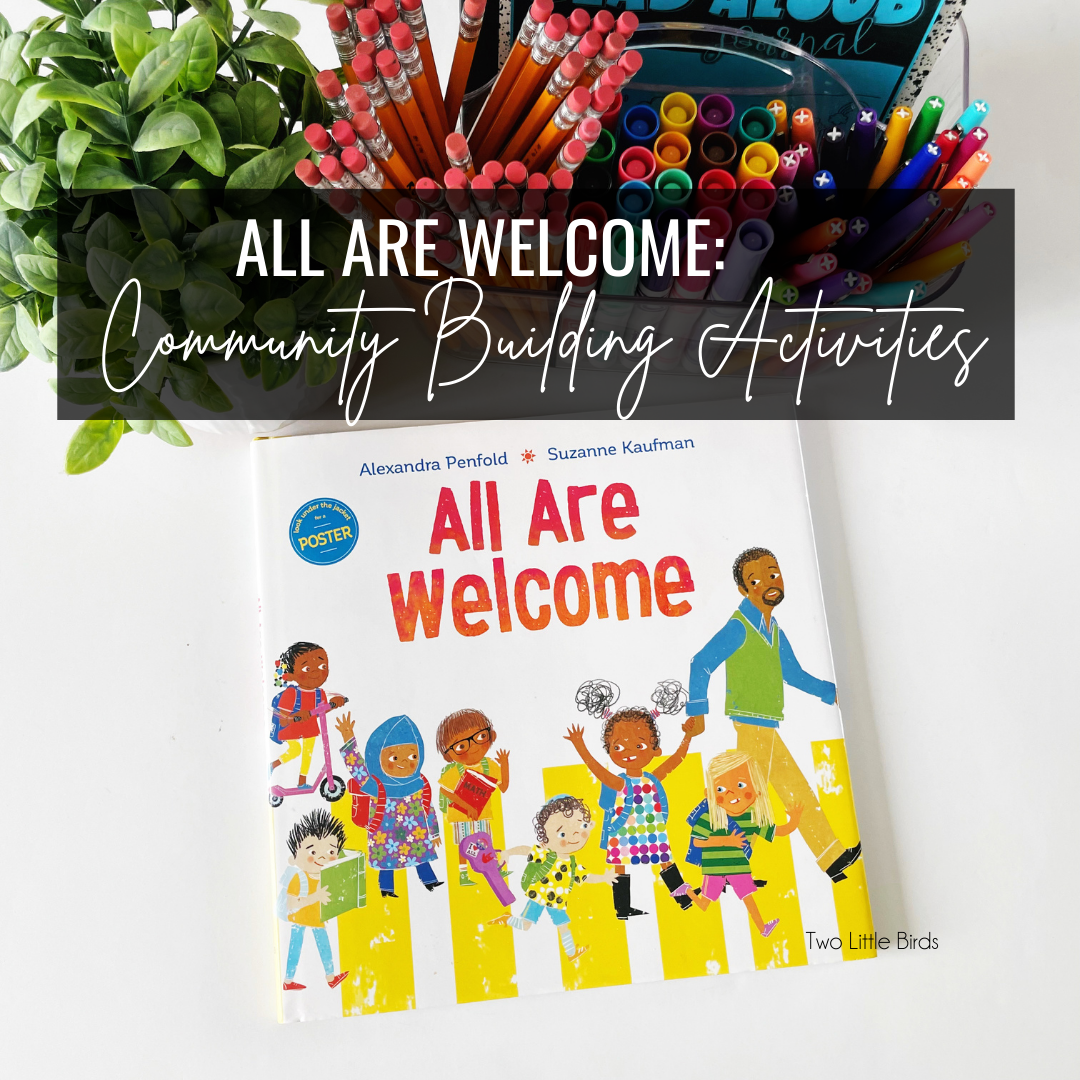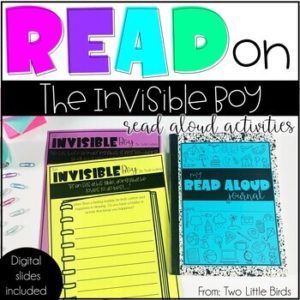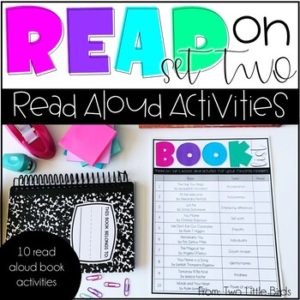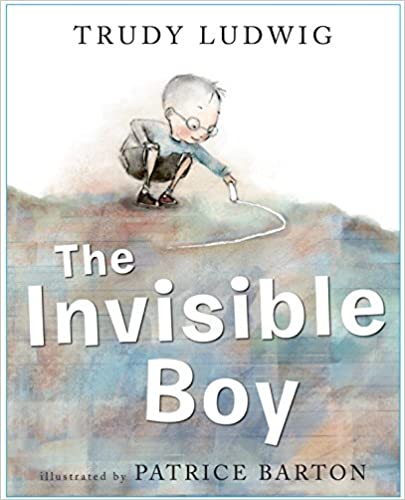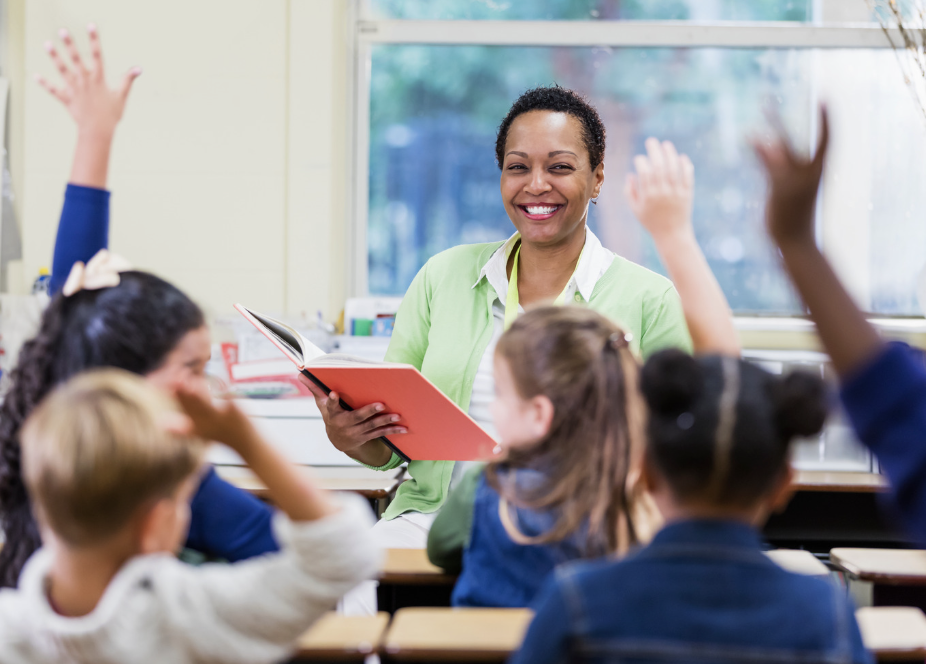“The Invisible Boy” by Trudy Ludwig is a story that you will never get sick of reading. From the beautiful and symbolic illustrations to the always-important message, this book is a must-read from start to finish.

The story of Brian addresses the needs of quiet children and includes many relatable scenarios for students that will allow you to talk openly with your students about important topics. We have all felt left out and can relate to Brian's feelings and the author shows how one small act can change everything. The illustrations show Brian's changes in feelings and are a great talking point with students as well. The story of Brian will steal your hearts. It is a very special book with important life lessons that will show your students that they are seen, even when they may feel they are not.
Skills to teach with “The Invisible Boy”:
- Characters
- Character development
- Theme
- Setting
- Inferences
- Retelling
- Point of view
- Predicting
- Beginning-middle-end
- Connections
- Compare and contrast
- Sequence of events
- Problem/solution
5 Favorite Activities for “The Invisible Boy”
“The Invisible Boy” can start so many great conversations with students; such as including others or talking about an event when others weren't there. The events in the book FEEL real to students and they can truly relate to how the characters feel, because they may have been on either side of the story before. It is a great reminder to reach out to others that may be on the sidelines and may not know the feeling of being welcomed by friendships.
Here are some of my favorite activities to do after reading the book.
1. “Everybody did except Brian. He wasn't invited.”
The lunchroom conversation about Madison's birthday party shows the children talking about the party and all of the fun they had. Brian is sitting with the children, but he was not at the party because he wasn't invited. This truly tugs at your heartstrings because we can all imagine just how Brian feels being the only one that was not invited and hearing just how much fun the kids had. Your students may also be able to relate to this scenario, either as one of the kids that were not invited OR one of the kids that were invited.
It is a great opportunity to talk about situations where someone may feel left out and how to prevent them from feeling that way. Discuss if Madison and her friends were purposely trying to hurt Brian's feelings. How could they have been more sensitive to Brian while he was sitting at the table with them?
The illustrations are also a beautiful talking point throughout the book! Don't miss them!
2. “Brian sits at his table, doing what he loves to do best…”
As the other kids choose to play games with each other, Brian chooses to sit on his own and draw. He finds comfort and happiness in drawing and you can see his smile shine as he is drawing.
Students may have their own hobbies or interests that bring them comfort and happiness when they are feeling down. Having students write about something that they like to do when they are having a bad moment will help you get to know students better and also give you a glimpse into ways you can help them if you know they're having an off day, just as Brian was.
3. “Brian looks at the floor, wishing he could draw a hole right there to swallow him up.”
When choosing partners for group work, Brian feels like he truly wants to disappear when he is left without a partner. Choosing partners or being the last one left without a partner can be hard for kids and this instance in the book is one many can connect to. As the last one left, Brian wants to draw a hole and disappear, but Justin includes him in the group and we see that one small thing can change everything for the quiet character, Brian.
This is a great opportunity to discuss the symbolism in the illustrations. When Justin talks to Brian at morning recess compared to when Emilio excludes him as a partner are very different pictures and the color, and lack thereof, really shows the way Brian is feeling. Students can imagine how he feels and begin to see how they could “bring color” to someone else's day.
4. “Brian sees Justin waving him over.”
Lunch is one of the hardest times of day for Brian, as we read at the beginning when he was left out of the birthday party conversation. Many students feel on the outside of things when in group settings and Brian's feelings are some that students can relate to. But Justin truly makes Brian feel seen by inviting him to sit with him. And everyone's hearts will grow as you can imagine just how special this moment is for a quiet boy like Brian.
Students can list small ways that Justin made Brian feel seen throughout the story. These small acts made such a difference for Brian and when students take a second to see just how big of an impact small acts can have, they may take these lessons beyond your classroom too.
5. “Maybe, just maybe, Brian's not so invisible after all.”
When students realize how Justin's friendship changed Brian, they can see how they can make a difference for others too. Students can think of things to say when they notice someone is sitting on their own, not included in a game, or feeling invisible. When you have students share their ideas, you're giving them ideas and actionable ways to include others, which is a lesson they will remember.
I just love reading stories that students can truly relate to and connect with and I think the story of Brian is definitely one that will leave a lasting impression on your kids. There are truly so many great lessons to learn as you read “The Invisible Boy” with your students. The story is engaging and thought-provoking and the illustrations express so much as you make your way through the touching story. It is sure to be a favorite year after year.
I hope you and your students love it!
You can grab a free one-page guide for using this book in your classroom here:
You can find more of my favorite read-aloud books HERE.
And read more about why I think reading aloud is so important HERE.
You might like this blog post about self-love.
Check out all of my favorite read-aloud books and grab free guides for reading them aloud HERE.
You might also like to read more about these books:
Shop this post:
You can find the book, “The Invisible Boy” here:
This is an affiliate link and I receive a small commission when you purchase with this link.









